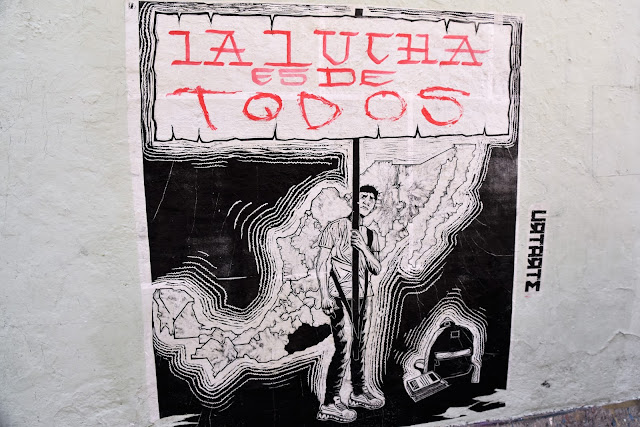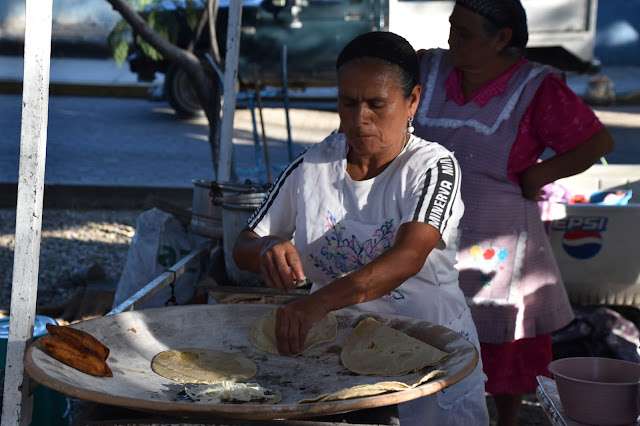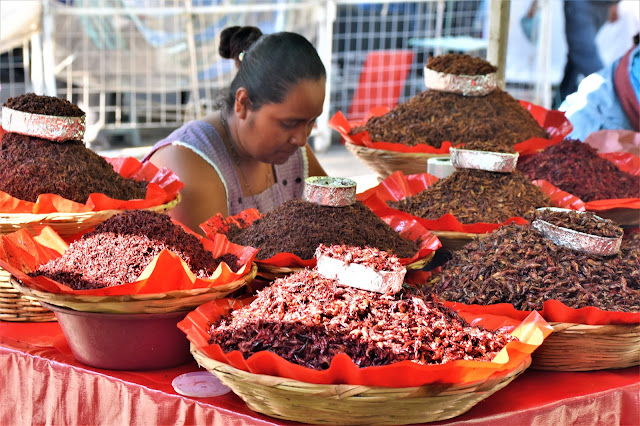Süleyman
specified that his mosque should have the full complement of public
services: imaret (soup kitchen), medrese, hamam, darüşşifa (hospital)
etc.
Today the imaret, with its charming garden courtyard, houses the
Daruzziyafe cafe and is a lovely place to enjoy a çay.
On its right-hand
side (north) is a tabhane (inn for travelling dervishes) that was
being restored at the time of writing, and on its left-hand side (south) is
Lale Bahcesi, a popular tea garden set in a sunken courtyard.
--Lonely Planet
































